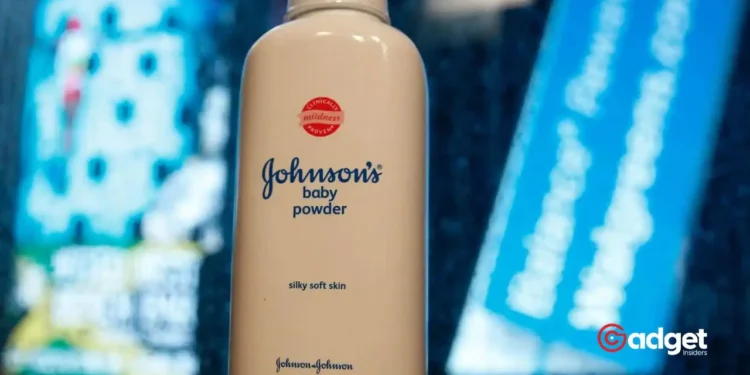Johnson & Johnson, a name synonymous with household products, has recently made headlines with its monumental $6.475 billion settlement. This decision marks a pivotal chapter in the history of public health litigation, particularly for the Black community which was a targeted demographic in the company’s marketing strategies.
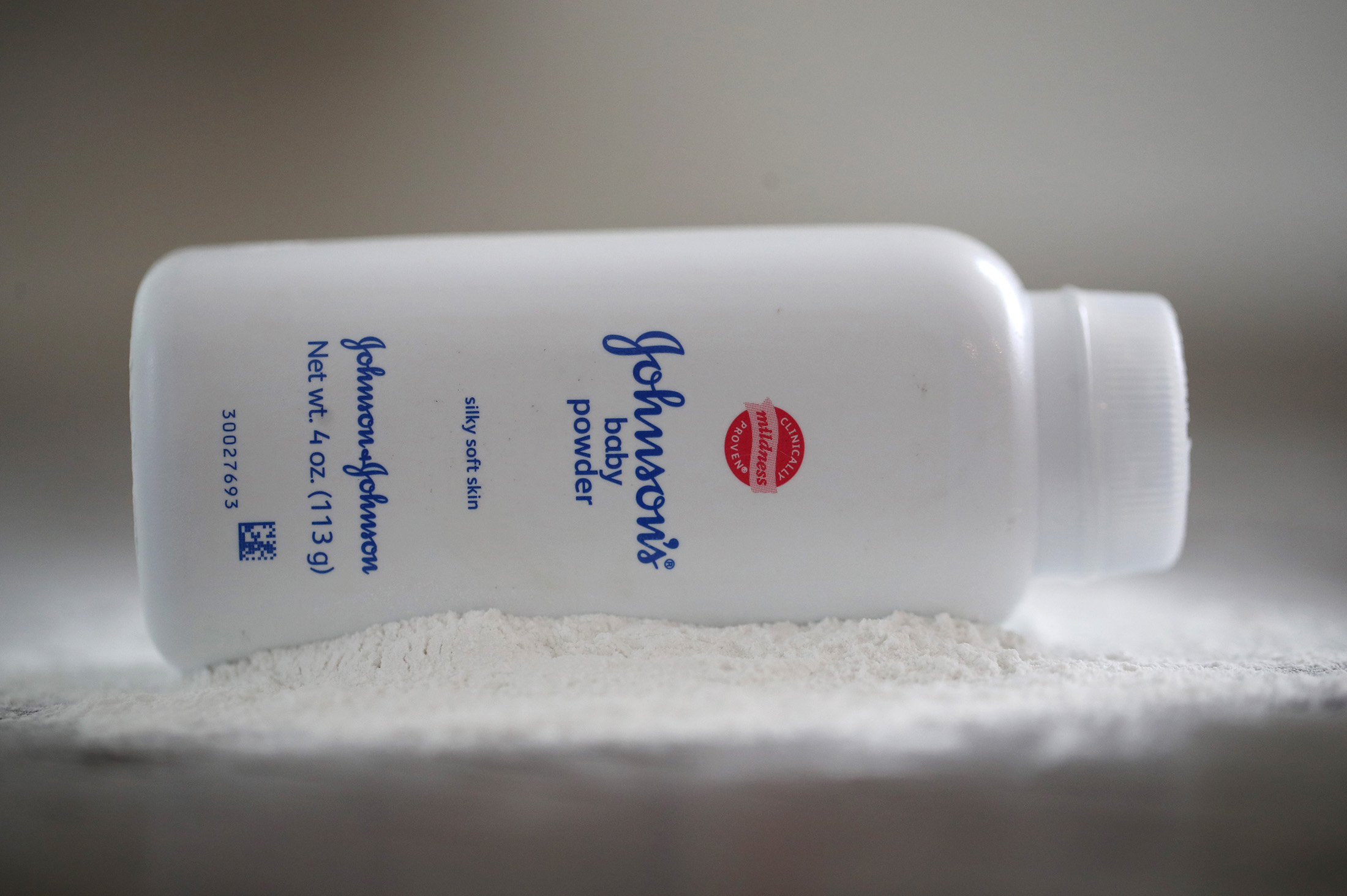
Johnson & Johnson: A Historic Settlement in the Healthcare Landscape
The settlement resolves around 60,000 cases alleging that Johnson & Johnson‘s talc-based products caused cancer. This legal resolution is not just about the staggering sum but also about the closure it offers to thousands of families, many of whom are from the Black and Hispanic communities that the company strategically targeted.
For decades, the safety of talcum powder, the primary ingredient in J&J’s Baby Powder, has been under scrutiny. Concerns were first raised in the 1950s, and the first lawsuit linking J&J’s talc products to ovarian cancer was filed in 2009.
Despite these allegations, the company continued to market these products, particularly in “under-developed geographical areas,” often populated by Black communities. This strategy was described in internal documents pointing out that Black women were “the right place” to boost sales.
J&J advances $6.475 billion settlement of talc cancer lawsuits https://t.co/qEGR4IhWvf pic.twitter.com/TsQ9rNyBEX
— Reuters (@Reuters) May 1, 2024
The Science Behind the Allegations
Research over the years has supported claims against talcum powder. The World Health Organization’s International Agency for Research on Cancer highlighted the dangers of talc-containing asbestos and even categorized genital use of talc powders as possibly carcinogenic.
Further studies have revealed talc particles in ovarian tumors, with findings suggesting a 33% increased risk of ovarian cancer following prolonged use of talc-based products.
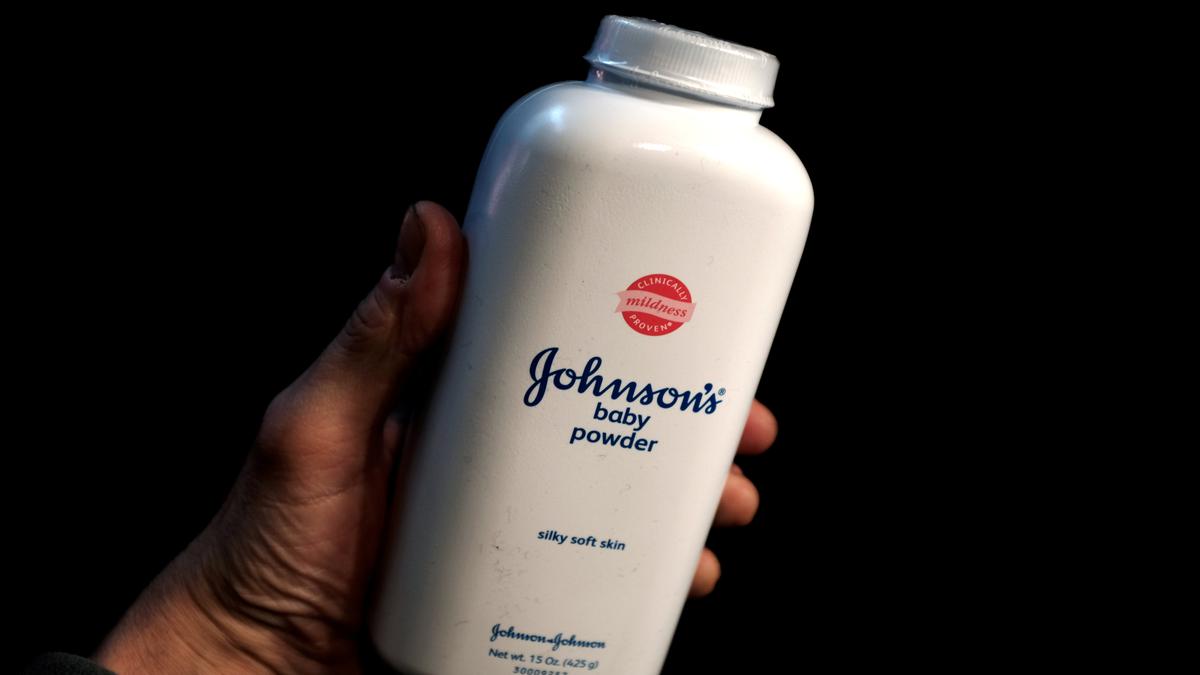
Racial Targeting and Its Implications
Johnson & Johnson’s approach to boosting sales involved a meticulously planned outreach to Black and Hispanic communities through churches and beauty salons.
According to reports by CultureBanx and The New York Times, the company also launched a $300,000 radio advertising campaign aimed specifically at “curvy Southern women 18-49 skewing African American.”
This targeted marketing strategy not only highlights the racial and ethnic disparities in U.S. healthcare but also underscores a disturbing trend of exploitation based on race and gender. An independent investigation later uncovered that J&J was aware of asbestos contaminants in its talc products for decades, raising serious ethical and health concerns.
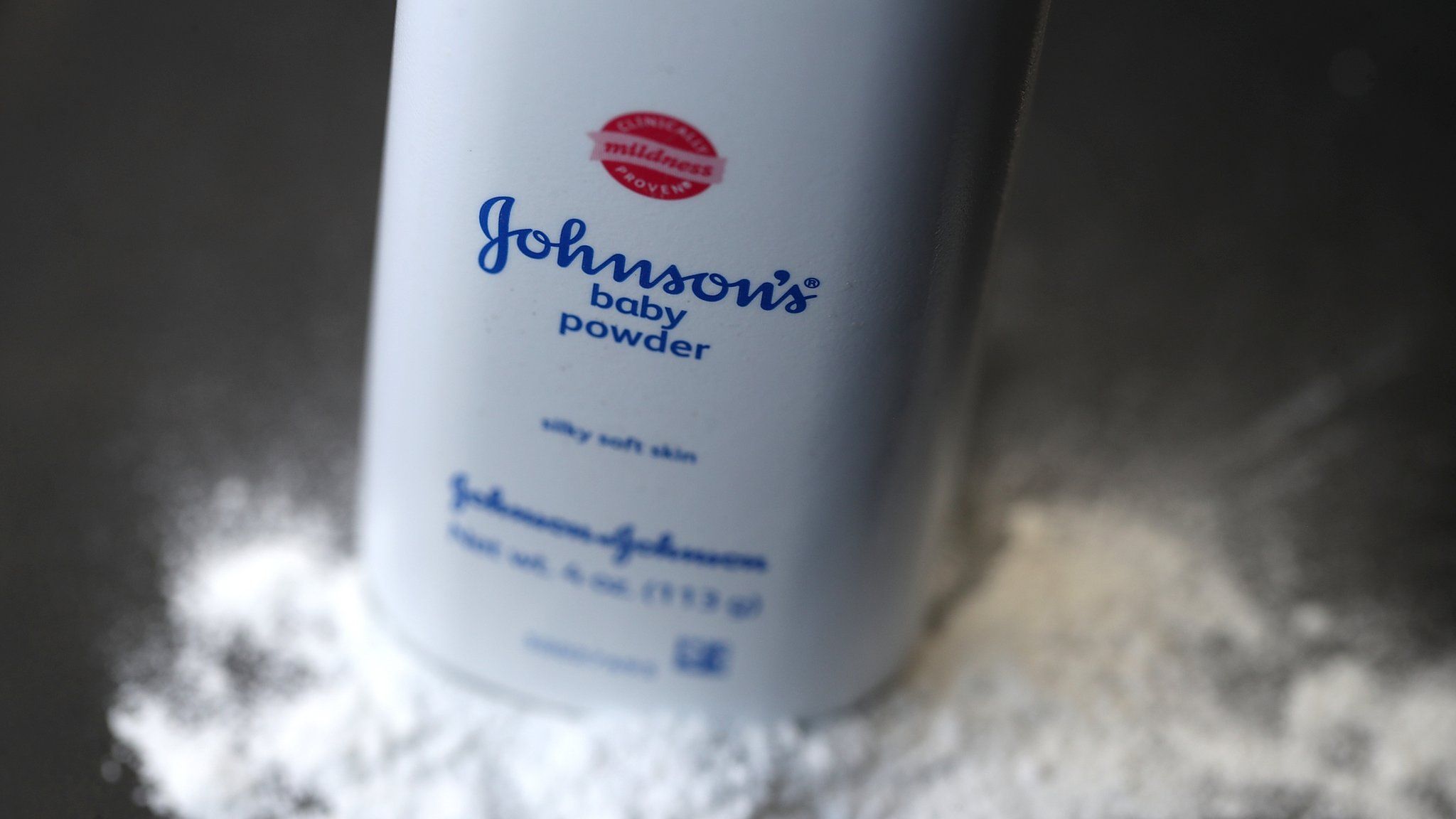
From Litigation to Resolution
Originally, J&J attempted a controversial legal maneuver known as the “Texas two-step,” which would allow its subsidiary, LTL Management, to file for bankruptcy and potentially limit liability payouts.
However, the courts found that J&J was not in genuine financial distress and had access to substantial assets, ruling against the maneuver.
This settlement, which J&J has agreed to without admitting wrongdoing, signifies a major shift in how the company plans to handle talc-related claims moving forward. In addition to the financial compensation, J&J announced the cessation of talc-based baby powder sales globally.
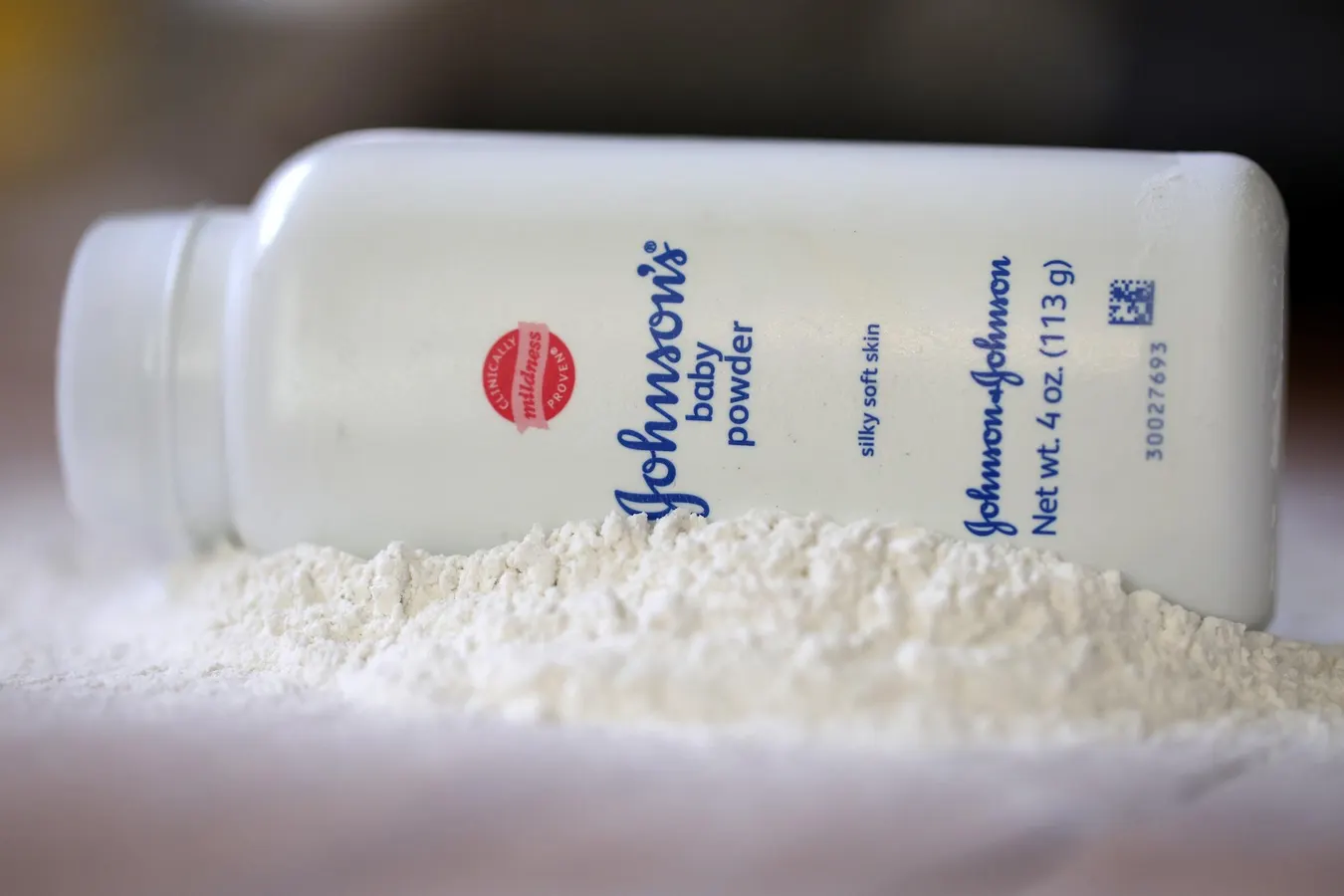
Looking Ahead: Impacts on Corporate Accountability
The Johnson & Johnson settlement is more than a financial repercussion—it’s a message on corporate accountability and the importance of ethical marketing practices.
As the company earmarks $11 billion for resolving talc-related claims, this settlement could pave the way for more stringent regulations on product safety and corporate transparency, ensuring that public health is prioritized over profit.
The implications of this settlement extend beyond the courtroom and into the heart of ongoing discussions about racial equity and justice in healthcare. It serves as a reminder of the critical need for companies to engage in fair marketing practices and for the healthcare industry to support the well-being of all communities, regardless of race.

